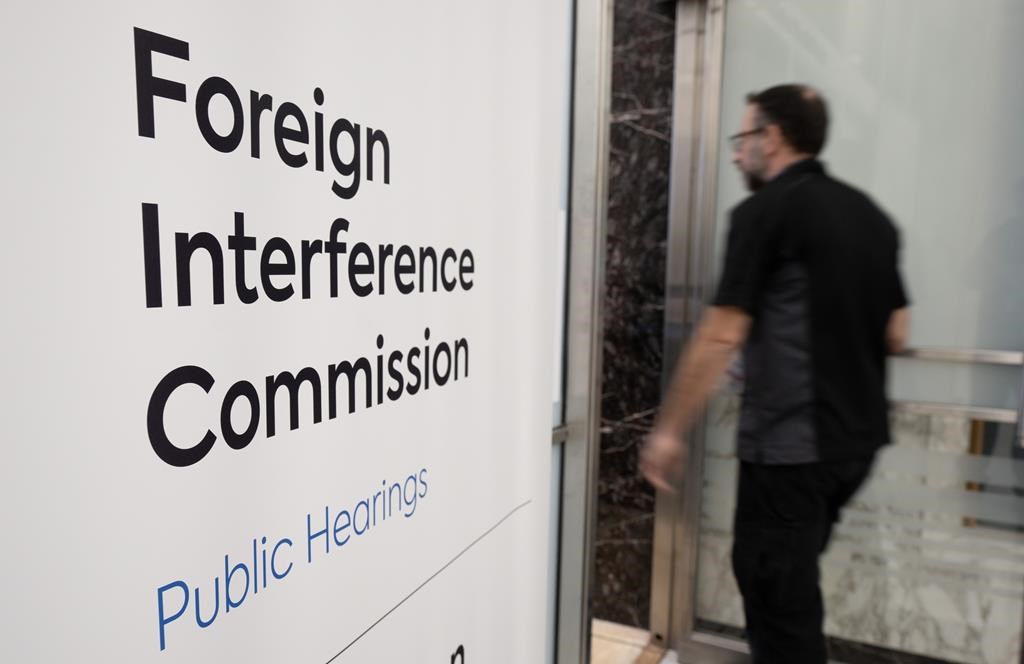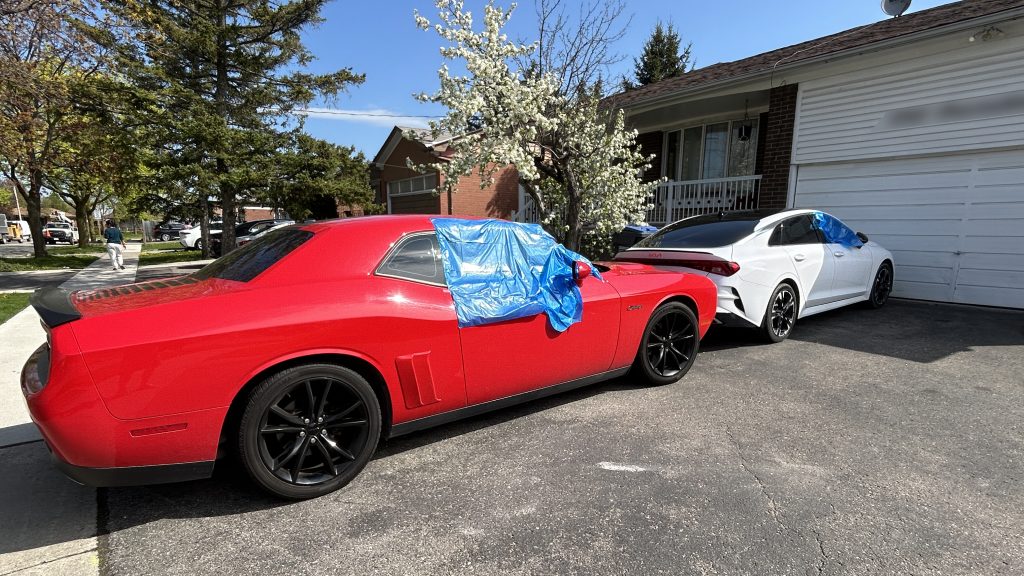FAQ: What you need to know for the Ontario election
Posted May 29, 2014 1:20 pm.
This article is more than 5 years old.
When is the election?
June 12, 2014
What are the voting hours on June 12?
9 a.m. to 9 p.m.
Who can vote?
To be eligible to vote in the 2014 provincial election, you must be a Canadian citizen, a resident of Ontario, at least 18 years old on the day of the election and have not already voted.
What happens if I am temporarily living outside the province?
If you are an eligible voter who has been living outside Ontario for less than two years, you can apply to vote by mail or apply to be named in the register of absentee electors. Click here for the special ballot application, which must be received by Elections Ontario by 6 p.m. ET on June 6:
How do I register to vote?
If you are an eligible voter, you need to first add your name and address to the voters list. You must provide ID with your name and address. Click here to add your name to the voters list or to update your information:
How do I vote?
- In person at a polling station on election day (9 a.m. to 9 p.m. June 12)
- In person at an advanced polling station (10 a.m. – 8 p.m. May 31-June 6)
- In person or by mail using a special ballot (No later than 6 p.m. on June 6)
- Click here for more on assisted voting technology
Where do I vote?
If you’re an eligible voter and your name is on the voters list, a notice of registration card will be mailed to your residence with your voting location, the dates, times and places of advance voting locations.
If you’re an eligible voter, you can also use an interactive tool to find your electoral district to find your voting location.
When do advanced polls open?
May 31, 2014; click here to find your advance poll location.
What if I’m eligible to vote but can’t get to a polling station?
Click here if you happen to be in hospital, in jail, living on or off school campus, or in the province but not in your riding.
Who are my candidates?
Once a candidate has registered and/or been nominated, the candidate’s name, electoral district, political affiliation and other information will be published on Elections Ontario’s website.
Click here to find your candidates.
What is a spoiled ballot?
A rejected ballot occurs when someone accepts his or her ballot and then spoils it by marking more than one box, by marking outside the box or by any other means which render the ballot unsuitable to be counted for any candidate.
How does Elections Ontario prevent people from voting twice?
Once voters vote, their name is taken off the list of electors, which prevents people from voting again.
How did my riding vote in the past?
Elections Ontario has historic election results so the public can see how various ridings voted in the past. Click here to view historical data.
What is a majority government?
The political party with the most elected seats usually forms the new provincial government. In this election, the party with more than half the seats (in this case 54 seats) will form a majority government.
What is a minority government?
If a party wins half or less than half the seats in the legislature, it forms a minority government. And it would need to negotiate with opposition parties to pass laws.
Is every party represented in every riding?
No. All the major parties would be represented in all the electoral districts but there may be other parties, such as the Libertarians, that may not run in various areas.
How many elections have there been in Ontario?
This is the 41st general election.
Is there a Twitter hashtag for the election?
Elections Ontario is using the hashtag, #ElectionsON. Other Twitter hashtags include #ONpoli, #voteON and #ONelxn.
What are the key priorities of each party?
Ontario Liberal Party:
- Liberals promise new initiatives including capping hospital parking fees, bringing in an hour of physical education a day for youngsters and developing the mineral deposit in northwestern Ontario called the Ring of Fire by investing $1 billion in a transportation route even without federal aid. They say the commitments are fully costed within their 2014-15 budget.
- The Ontario Retirement Pension Plan for the province’s workers was introduced in the May 1 budget and is a key part of the party’s election platform.
- A 10-year, $29 billion transit infrastructure plan that includes expanding GO Transit service to Brantford, the Niagara Region, Dufferin County and other regions outside of the GTHA, as well as high speed rail connecting southwestern Ontario with Toronto.
- No condos at Ontario Place as part of the government’s plan to revitalize the waterfront landmark in Toronto.
- Granting nurses more power to prescribe medicines and order tests.
- Support families with special needs children and youth by investing in reduced wait times for families at Ontario Children’s Treatment Centres.
- Support drinking water safety by investing $30 million over the next 10 years.
Click here for more on the Liberal plan.
Ontario New Democrats:
- raise the corporate tax rate by a percentage point to 12.5 per cent and cut the small business tax rate to 3 per cent from 4.5 per cent.
- force the provincial regulator to order a 15 per cent cut to auto insurance premiums.
- take the provincial portion of the HST off hydro bills, repeal the debt retirement charge, merge four hydro agencies.
- cut emergency room wait times in half by using more nurse practitioners.
- freeze college and university tuitions, make student loans interest-free and forgive up to $20,000 a year of student debt for doctors who agree to work in under-serviced areas.
- pledges $60 million to keep schools open after school hours for community use.
Click here to read more on the NDP plan.
Ontario Progressive Conservative Party:
- Create a million jobs over eight years, including 120,000 jobs through lower taxes on businesses.
• Cut 100,000 public service jobs through outsourcing, attrition, early retirement and layoffs as well as
• A public sector wage freeze.
• Do away with apprenticeship rules which the party says limits the number of job opportunities in the trades.
• Put the province in charge of all rail-based transit and major highways in the GTA as well as better connect Toronto and 905 area.
• PC Leader Tim Hudak opposes government loans or grants to the auto sector, saying he opposes “corporate welfare” and prefers to slash corporate taxes by 30 per cent.
• Appoint a minister of savings and accountability to save $600 million a year, starting in 2015-16.
Click here to read more on the PC plan.
Where can I find more information about my candidates?
Elections Ontario provides a list of all the candidates here. But it doesn’t link to the websites of the candidates or parties. Search for more information about your candidate using their name in one of the search engines such as Google and Yahoo.
Where can I get election results?
For real-time election results, go to CityNews.ca, 680News.com and watch the CityNews Tonight show at 11 p.m. on June 12.
Data compiled from Elections Ontario, The Canadian Press, political party websites and Ontario legislature










